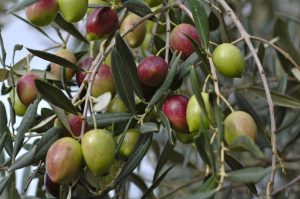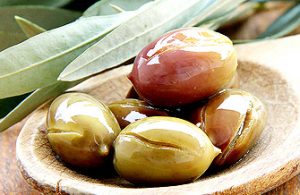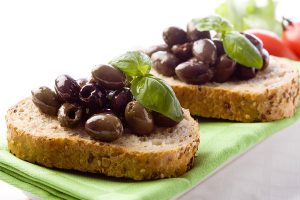
1-The Olive
The olive (Olea Europea) is an ancient fruit worthy of the lores and acclaims that surrounds it. Marvelously versatile, it is enjoyed as a condiment, served as an appetizer, ground into spreads, tossed into salads, simmered with stews and sauces and essentially pressed for its oil. It yields heart-healthy olive oil and satisfies all of the five tastes: sweet, sour, salty, bitter and pungent. Its traditional reputation as a healthy food is being highlighted by modern sciences, as studies on the Mediterranean olive-consuming people have shown.
2-Olive Growing In Tunisia
Tunisia is the most important olive-growing country of the southern Mediterranean region; over 30% of its cultivated land is dedicated to olive growing (1.68 million ha).
Excluding the European Union, it is the major world power in the olive oil sector. It is making great efforts to restructure and modernize its sector as well as to raise olive oil quality and expand acreage.
At world level Tunisia is ranked fourth in terms of the number of olive trees and second in terms of acreage. Mean orchard density ranges between 100 and 150 trees/ha in irrigated orchards and 40 trees/ha in rain fed orchards farmed for oil production. When intended for table olives, orchard densities vary from 200 trees/ha in irrigated conditions to 100 trees/ha under dry-farming.



3-Olive Varieties
Tunisia, having been the crossroads of many civilizations, the basis for trade exchange between the East, Africa and Europe and the migration of the Andalusians, inherited -from these flows- a rich olive-growing genetic inheritance.
Besides these two principal varieties of oil: Chemléli and Chetoui, many works of prospection and characterization (Grati Kamoun, 2007, Grati Kamoun and Khlih, 2004, Grati Kamoun and Khlih, 2001) showed that the Tunisian olive grove enjoys a remarkable richness of variety.